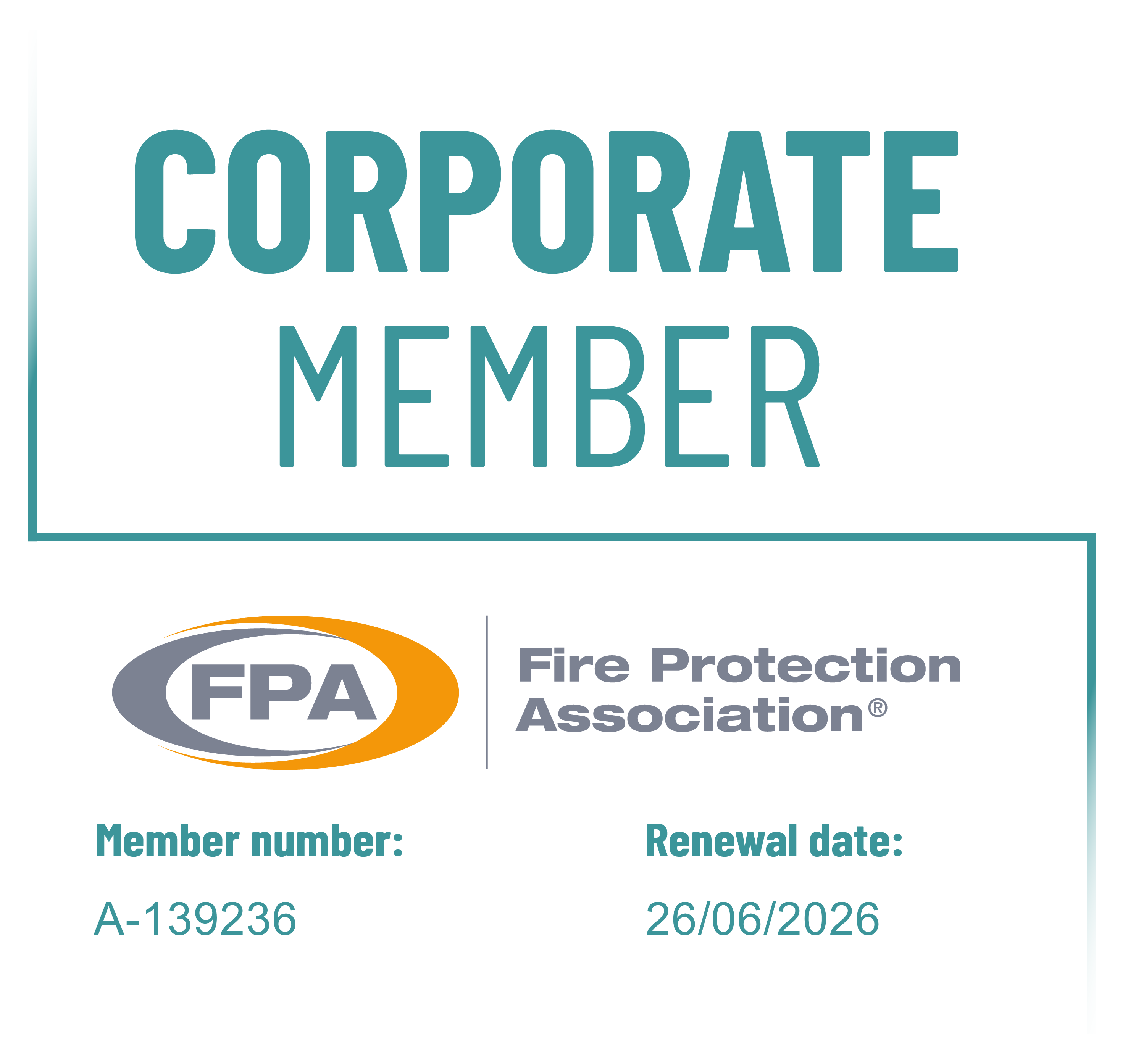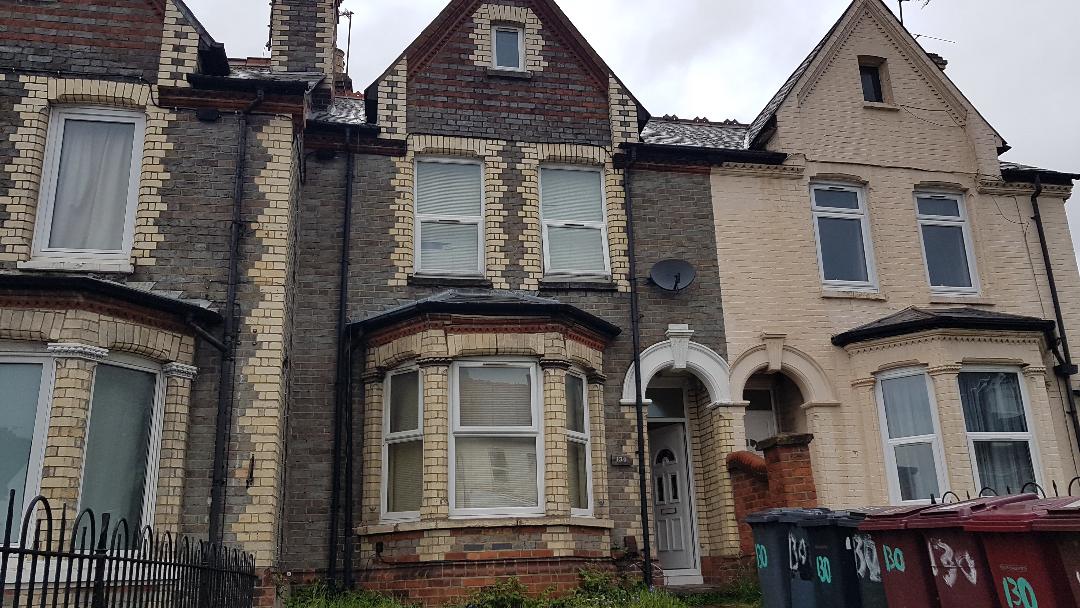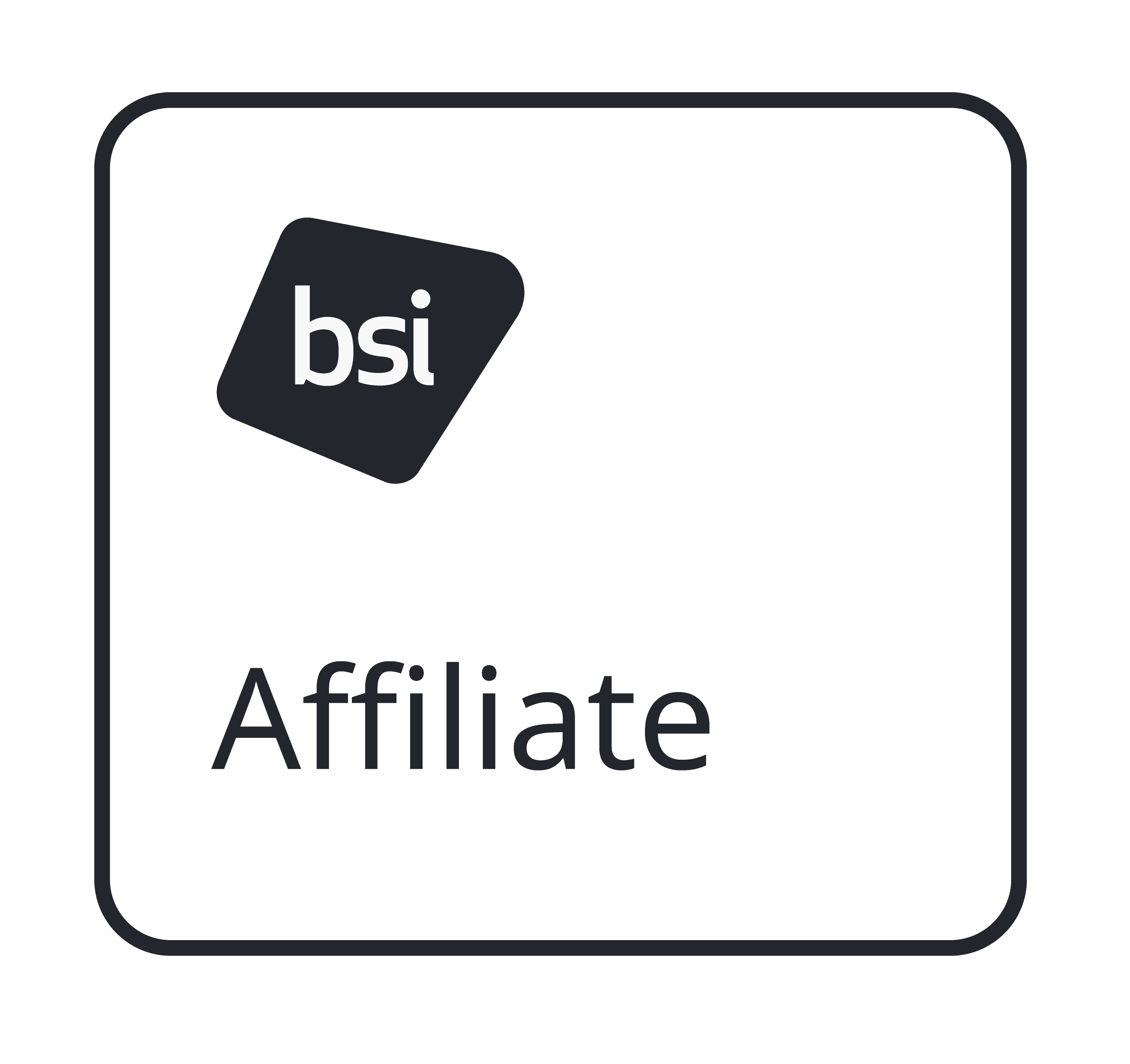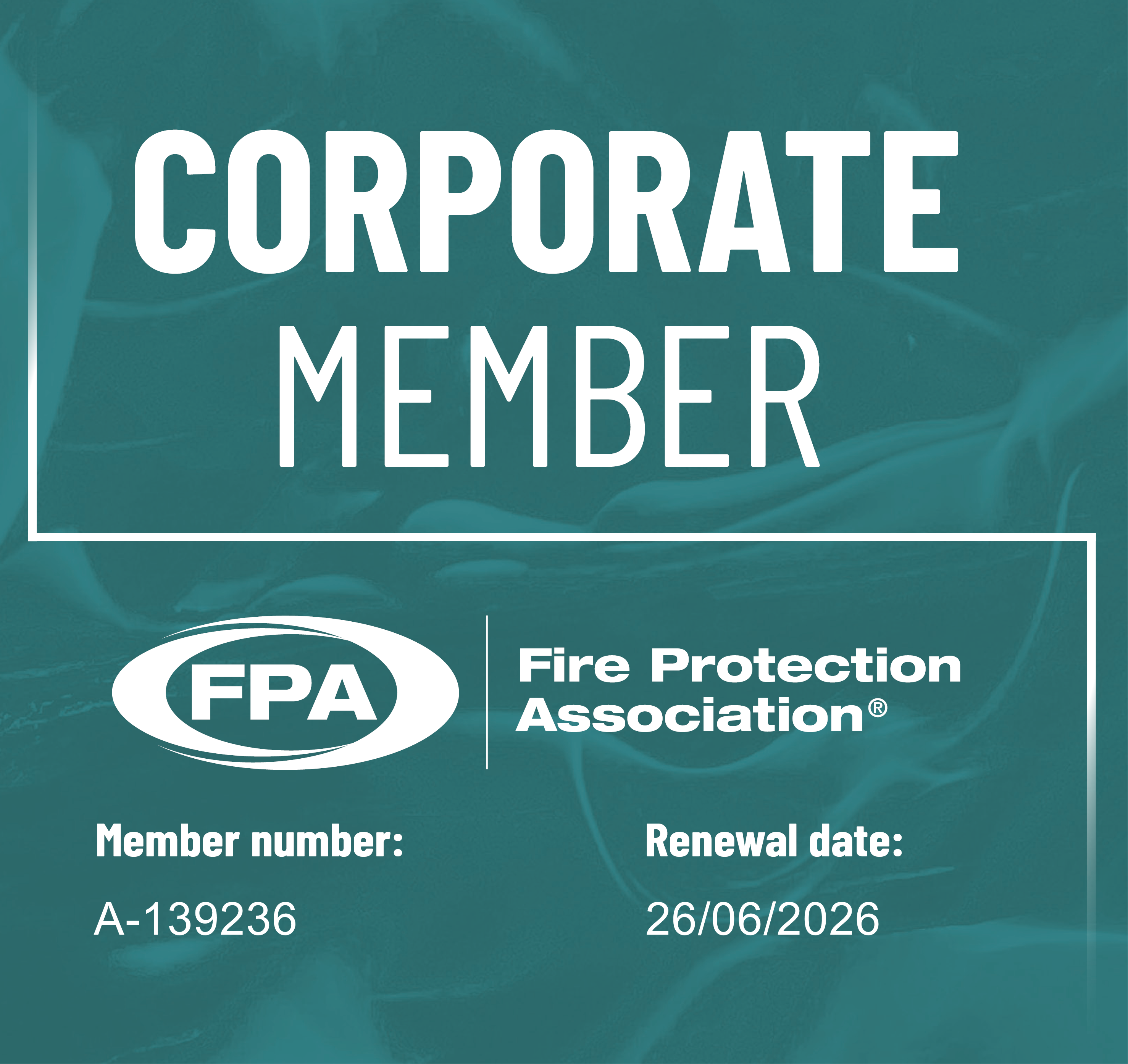
Ensure Compliance with the Fire Regulations
Online Quotation
Located Solihull, Birmingham Area.
Main areas covered include - Coventry, Stoke, Nottingham, Leicester, Stafford, Shrewsbury, Telford, Milton Keynes, Oxford, Luton, Uxbridge, Hemel Hempstead, Banbury. Gloucester, Wolverhampton, Worcester, Northampton, Derby, Hereford
See Genuine Valid Google Customer Reviews Below
Fire Alarm Categories
The fire alarm categories are M, L and P.
Category M are manual systems and do not incorporate any automatic fire detectors. Call Points and Sounders are installed.
Category L systems are automatic fire detection systems intended for the protection of life or injury.
Category P systems objective is to summon the Fire and Rescue Service in the early stages of fire to protect property and business continuity.
Fire Alarm Categories - L
The Category L systems are automatic systems divided into five main levels of protection.
Category L5 is designed for buildings that have a particular risk identified which warrants some special attention. For example if there is an area of high risk which is considered worthy of having some automatic detection, but a manual system is also needed, then it will be termed as L5/M.
Category L4 provides detection within the escape routes only. All escape stairways, all corridors and any other areas that form part of the common escape routes. NOTE - Main access and egress stairways normally form part of escape routes and should be treated as escape stairways.An L4 system would not satisfy the requirements of legislation in buildings in which people sleep.
Category L3 covers the same areas as an L4 category and in addition all rooms leading onto the escape route. The reasoning behind this is to alert people of the danger prior to full smoke logging of the corridor, so they can escape safely. Fire alarm detectors should be installed in all escape routes and all rooms that open onto an escape route.
Category L2 is a further enhancement of protection with all the areas covered by an L3 category, as well as all high-risk areas such as boiler rooms etc.
Category L1 provides further protection throughout all parts of the building. The objective is to provide the earliest possible warning of fire to allow the longest available time for escape. Fire alarm detectors are installed in all rooms and areas of the building, including roof spaces and voids. Some areas may not need to be protected if they are of low fire risk such as stairways, lobbies and small cupboards. Typical installations for an L1 system include residential care premises, large office blocks and hotels.
For greater detail in the type, exact location and positioning of detectors as part of these systems; reference must be made to BS 5839-1-2017
Fire Alarm Categories - P
Category P1 systems are installed throughout all areas of the building to ensure the earliest possible warning of fire so as to minimise the time between ignition and the arrival of the fire fighters.
Category P2 systems are installed only in defined parts of the building. The objective is to provide early warning of fire in areas of high fire risk level, or areas in which the risk to property or business continuity is high.
For HMO Fire Alarm Systems - See HMO Fire Safety





